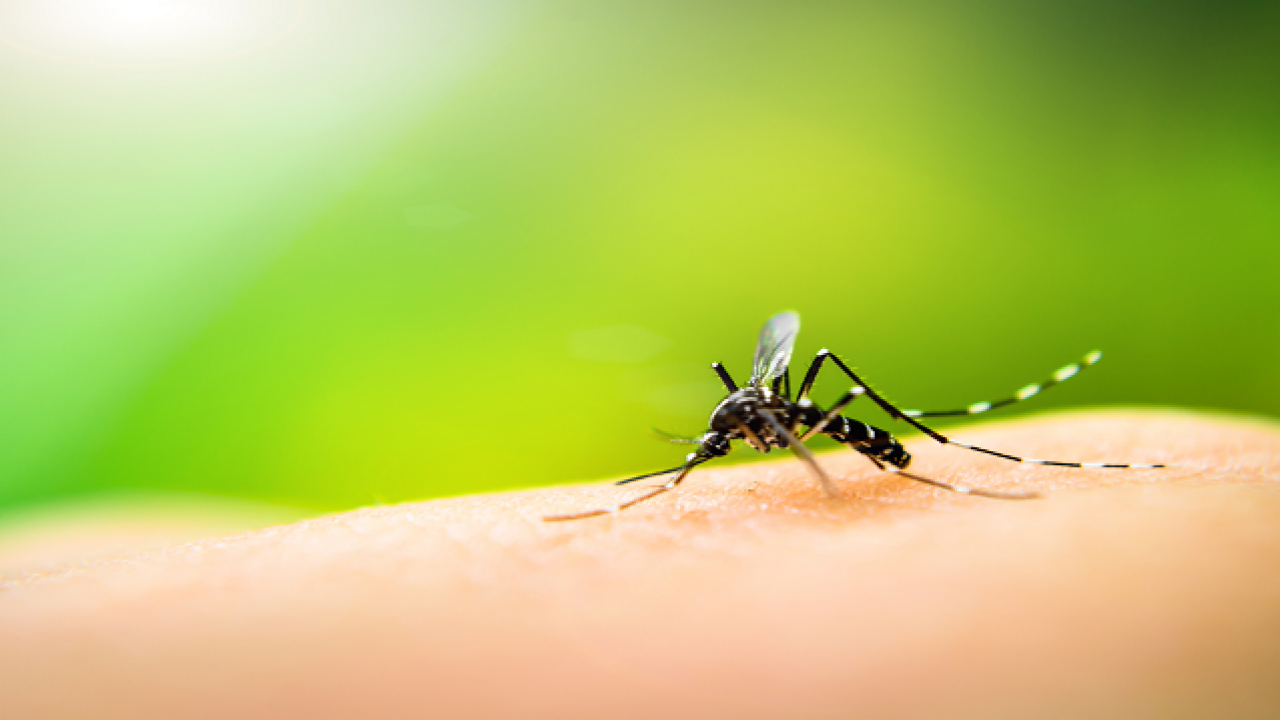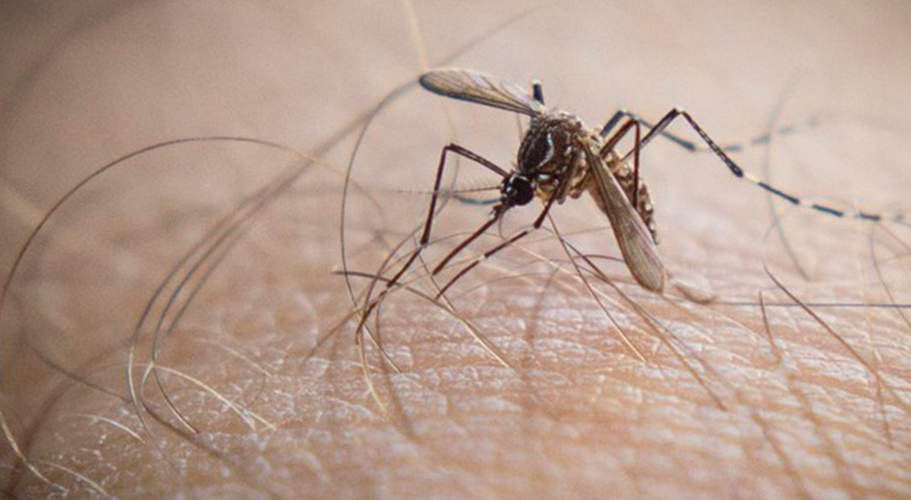
Transmission dynamics of dengue and climate change
Transmission dynamics of dengue and chikungunya in changing climate is going to be a concern. Due to climate change and urbanization, disease-carrying mosquitoes are expected to break new ground, but new research suggests that rising temperatures may slow the spread of at least one infection: dengue fever.
Research published in the PLOS journal Neglected Tropical Diseases on July 22 shows that mosquitoes carrying the dengue virus are more susceptible to extreme heat than uninfected mosquitoes. Scientists reported last month that in the area where Wolbachia mosquitoes were released in Yogyakarta, Indonesia, the incidence of confirmed dengue fever cases has dropped by 77%. The research team found that mosquitoes infected with Wolbachia are also more susceptible to heat. Researchers found that mosquitoes infected with Wolbachia or Dengue virus scattered to the bottom of the bottle 2.5 times and 5 times faster than uninfected mosquitoes. Thus transmission dynamics of dengue and chikungunya is affecting in climate change.
In addition, mosquitoes carrying infections did not die faster. Experiments are also needed to study mosquitoes in different parts of the world and in more realistic environments, where mosquitoes can take measures to prevent overheating. In the 1950s, severe dengue fever was first detected in the dengue fever epidemics in the Philippines and Thailand. Climate change and geogra
The World Health Organization divides dengue fever into two major categories: dengue fever and severe dengue fever. The classification of dengue fever with or without warning signs aims to help healthcare providers classify hospitalized patients, ensure close monitoring, and minimize the risk of developing the most serious form of dengue fever. Fluid retention, shortness of breath, heavy bleeding, or organ damage. In severe dengue fever, medical care by doctors and nurses experienced in controlling the consequences and progression of the disease can save lives and reduce the mortality rate from more than 20% to less than 1%.
The amount of fluid in the patient’s body is critical to the treatment of severe dengue fever. The analysis showed that compared with unvaccinated participants, the subgroup of study participants who were seronegative at the time of first vaccination had more severe dengue fever and an increased risk of dengue hospitalization. It collects official reports of dengue fever and severe dengue fever from more than 100 member states; according to a new study in Kenya, floods have increased the number of Aedes aegypti mosquitoes.
As extreme weather conditions such as climate change and floods are expected to become more frequent and severe, this may lead to the outbreak of mosquito-borne diseases such as dengue fever in the next few years. The author points out that although the new article does not state that an increase in the number of mosquitoes will increase the risk of infection, the association between an increase in the number of mosquitoes and disease outbreaks deserves further investigation. Thus transmission of dengue and other vector borne diseases are getting affected by climate change.
One particular aspect of this question remains unanswered: How do frequent and severe floods affect your population? According to a new Kenyan study published in the journal Neglected Tropical Diseases of the Public Library of Science, all this extra water can help mosquitoes reproduce.
Nosrat said his data was not recorded because the mosquito population is more sensitive to the microclimate. As rainfall becomes more unpredictable, climate change is expected to cause more frequent and severe flooding. Dengue fever experts said that global warming caused by climate change is the main reason for the increase in the incidence of dengue fever. They said that due to global warming, dengue fever in many countries in South Asia has worsened, and temperatures between 27 and 32 degrees Celsius are ideal habitats for Aedes mosquitoes.
Mosquitoes are carriers of viral diseases and multiply. Experts recently stated in the “Daily Star” that Dhaka is hot and humid, and urbanization is developing rapidly. Occasionally rains are still prone to dengue fever. “Climate change is one of the main reasons for the increase in the prevalence of dengue fever in Bangladesh. MM. Ahtaruzzaman, Malaria and Dengue Fever Project Manager, Directorate General of Health Services, said: “The hot and humid climate coupled with intermittent rains promote the reproduction of Aedes mosquitoes, and Dhaka is like this.”
The ideal place to do. “Dr S. M. Munjurul Hannan Khan, Assistant Minister of the Ministry of Environment, Forests and Climate Change, said that climate change is creating favourable conditions for many vector-borne diseases. Diseases include dengue fever. Another study published in the journal Nature Microbiology and published by the New York Times on June 10 stated that climate change will increase the spread of dengue fever. According to estimates by the World Health Organization, it may be 50,100. Indeed transmission dynamics of dengue and other vector borne disease are sesitive o climate change.









